Home>Furniture>Office Furniture>How Far Apart Should Bookshelves Be
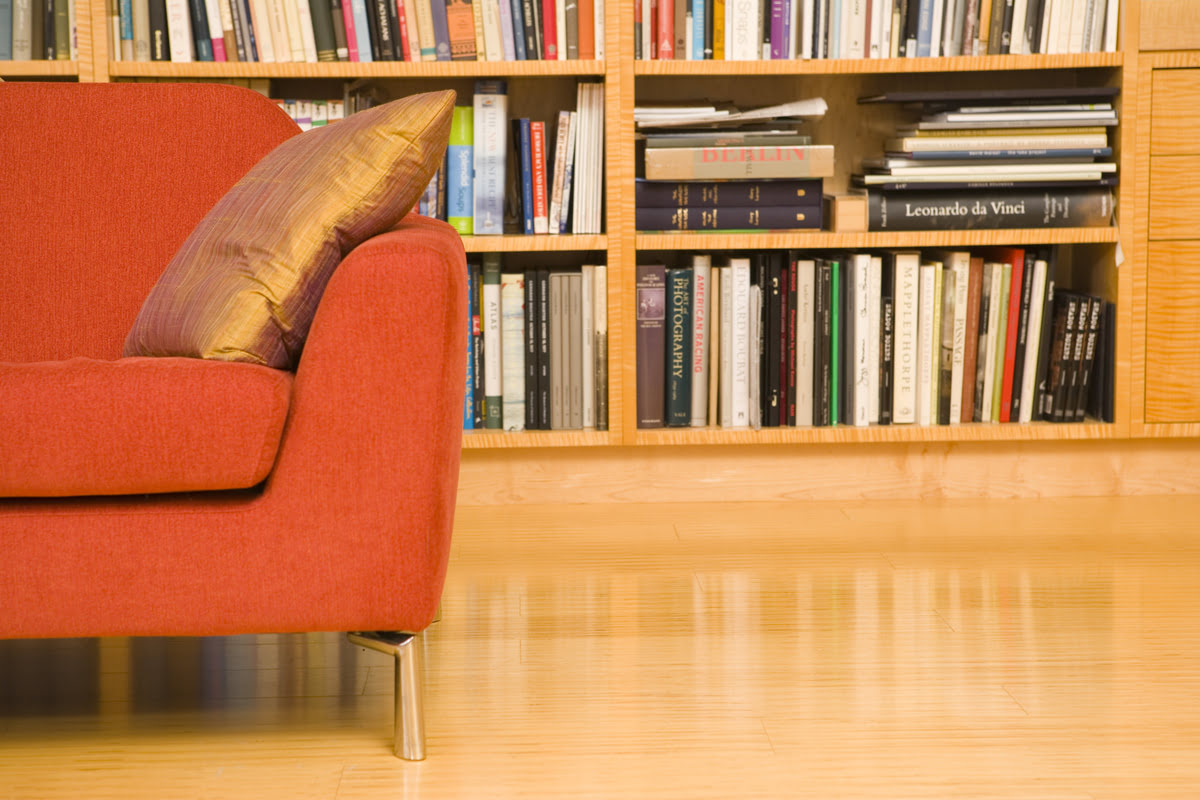

Office Furniture
How Far Apart Should Bookshelves Be
Modified: February 21, 2024
Discover the ideal spacing between bookshelves for office furniture. Learn how far apart bookshelves should be to optimize storage and aesthetics.
(Many of the links in this article redirect to a specific reviewed product. Your purchase of these products through affiliate links helps to generate commission for Storables.com, at no extra cost. Learn more)
Introduction
Welcome to the world of office furniture! Whether you work from home or at a corporate office, having a well-organized and aesthetically pleasing workspace can greatly enhance your productivity and overall satisfaction. One essential piece of office furniture that often gets overlooked is the humble bookshelf.
A bookshelf not only provides a convenient storage solution for your books and office supplies but also adds a touch of sophistication to your workspace. However, the proper spacing between bookshelves is often an overlooked factor that can significantly impact the functionality and visual appeal of your office setup. In this article, we will explore the benefits of proper bookshelf spacing, factors to consider when determining the distance between bookshelves, standard recommendations, and alternative solutions for limited space.
So, let’s dive into the world of bookshelves and discover how you can optimize your office furniture arrangement to create a harmonious and efficient workspace.
Key Takeaways:
- Proper bookshelf spacing enhances accessibility, organization, and visual appeal, contributing to a clean and clutter-free workspace. Consider factors like book size and available space for a personalized arrangement.
- Alternative solutions like wall-mounted shelves and floating shelves maximize storage in limited spaces, promoting functionality and organization. Regular decluttering ensures an efficient and visually appealing bookshelf.
Read more: How Far Apart Should Cornhole Boards Be?
Benefits of Proper Bookshelf Spacing
Proper bookshelf spacing offers several benefits that contribute to a well-organized and visually appealing office environment. Here are some key advantages:
- Improved accessibility: When bookshelves are spaced appropriately, it becomes easier to access and retrieve books, files, and other items. You won’t have to maneuver around cramped spaces or struggle to reach items on higher shelves, making your workflow more efficient.
- Enhanced organization: Proper spacing allows you to categorize and organize your books and office supplies more effectively. With enough room between shelves, you can allocate specific sections for different subjects, genres, or types of materials, making it easier to locate and retrieve items when needed.
- Visual appeal: Well-spaced bookshelves can contribute to a visually pleasing office environment. When there is enough space between shelves, it creates a sense of balance and proportion. Additionally, you have the opportunity to incorporate decorative elements or display personal items alongside your books, adding a personalized touch to your workspace.
- Prevention of damage: Adequate spacing between bookshelves helps prevent damage to your books and other belongings. Without proper airflow and ventilation, books can be susceptible to mildew, mold, and dust accumulation. By allowing sufficient space between shelves, you minimize the risk of moisture build-up and ensure proper air circulation.
- Reduced clutter: Efficient bookshelf spacing enables you to keep your workspace clutter-free. With each item having its designated spot, you can avoid piling books on top of each other or having them spill onto your desk. This promotes a cleaner and more organized work environment.
Overall, proper bookshelf spacing not only improves accessibility and organization but also enhances the visual appeal of your office and helps protect your belongings from damage. By taking the time to determine the optimal distance between bookshelves, you can create a functional and aesthetically pleasing workspace that promotes productivity and enjoyment.
Factors to Consider for Bookshelf Spacing
When determining the spacing between bookshelves, it’s important to consider various factors to ensure optimal functionality and aesthetics. Here are some key factors to keep in mind:
- Available space: The size of your office or the specific area where the bookshelves will be placed will dictate the amount of available space for spacing. Take precise measurements to determine how many bookshelves can fit comfortably in the given area.
- Bookshelf height: Consider the height of your bookshelves and how it will impact spacing. Taller bookshelves may require more vertical spacing between shelves to accommodate larger books or decorative items, while shorter bookshelves may allow for closer spacing.
- Book size: Consider the size of the books you plan to store on the shelves. If you have larger books, you may need to allow for more vertical spacing between shelves to accommodate their height. Alternatively, if you have mostly smaller books, you can adjust the spacing accordingly.
- Functionality: Think about how you will use the bookshelves. If you plan to store primarily books, you may need more spaces between shelves to accommodate their varying heights. However, if you also plan to store other items like office supplies or decorative objects, you may need to adjust the spacing to allow for different sizes and heights.
- Accessibility: Consider how easily you want to access the items on each shelf. If you frequently refer to certain books or files, you may want those shelves to be more accessible, requiring closer spacing. On the other hand, items that are less frequently used can be placed on shelves with wider spacing.
- Visual aesthetics: The spacing between bookshelves can have a significant impact on the visual appeal of your office. Consider the overall design and style you want to achieve. Closer spacing creates a denser and more compact look, while wider spacing can create a more open and airy feel.
It’s important to strike a balance between functionality and aesthetics when determining bookshelf spacing. Taking these factors into consideration will help you create a well-organized and visually pleasing workspace that meets your specific needs and preferences.
Standard Recommendations for Bookshelf Spacing
While there is no one-size-fits-all approach to bookshelf spacing, there are some standard recommendations that can serve as a starting point. These recommendations are based on industry best practices and can help you achieve a well-organized and visually appealing bookshelf arrangement:
- Vertical spacing: A commonly recommended spacing between shelves is around 10 to 12 inches (25 to 30 centimeters). This provides enough room to accommodate standard-sized books and allows for easy access and visibility. However, you can adjust this spacing based on the size of your books or other items you plan to store.
- Horizontal spacing: For bookshelves placed side by side, it is advisable to leave approximately 2 to 3 inches (5 to 7.5 centimeters) of space between them. This allows for easy access to books and prevents them from touching and potentially getting damaged.
- Top spacing: Leave some vertical space between the top of the books and the top shelf of the bookshelf. A recommended range is about 1 to 2 inches (2.5 to 5 centimeters). This ensures that the books are not pressed against the top, allowing for proper air circulation and reducing the risk of damage.
- Bottom spacing: Similarly, leave some space between the bottom of the books and the bottom shelf. This prevents the books from sitting directly on the surface, which can help prevent moisture build-up and potential damage. A recommended range is about 1 to 2 inches (2.5 to 5 centimeters).
- Consistent spacing: It’s advisable to maintain consistent spacing between shelves throughout the bookshelf to create a harmonious and balanced look. This consistency also facilitates easy visual scanning of the shelves, making it easier to locate specific items.
These standard recommendations can serve as a helpful guideline, but remember that you can always adjust the spacing based on your specific needs and preferences. Experiment with different layouts and spacing options to find what works best for you and your office setup.
Bookshelves should be spaced at least 10-12 inches apart to allow for easy access to books and to prevent overcrowding. This spacing also helps to maintain the structural integrity of the shelves.
Adjusting Bookshelf Spacing for Different Book Sizes
When organizing your bookshelf, it’s important to consider the various sizes of the books you plan to store. By adjusting the spacing between shelves, you can accommodate different book sizes and ensure a well-organized and visually appealing display. Here are some tips for adjusting bookshelf spacing:
- Tall Books: For books that are taller than the average size, such as art books or large reference books, you’ll need to increase the vertical spacing between shelves. This allows enough room for the taller books to stand upright without scrunching or overlapping with the shelf above.
- Medium-Sized Books: Most standard-sized novels and paperback books can fit comfortably on shelves with a standard spacing of 10 to 12 inches (25 to 30 centimeters). Adjust the spacing accordingly to ensure the books are neither squeezed nor have excessive space on the shelf.
- Small Books: If you have a collection of small-sized books, such as pocket-sized novels or mini cookbooks, you can reduce the vertical spacing between shelves. Stack the smaller books vertically to maximize shelf space and prevent them from getting lost amidst larger books.
- Varied Book Sizes: If your book collection consists of books of varying sizes, consider organizing them by size on different shelves or within separate sections on the same shelf. This allows you to adjust the spacing accordingly, ensuring each book has enough room without disrupting the visual cohesion of the bookshelf.
- Bookends or Dividers: Using bookends or dividers can help create visual separation and provide stability for books of different sizes. Place bookends intermittently to section off books of different heights and prevent them from toppling over or leaning.
Remember, the key is to strike a balance between accommodating different book sizes and maintaining a visually pleasing bookshelf arrangement. This can be achieved by adjusting the spacing between shelves and incorporating organizational tools like bookends or dividers to keep everything organized and secure.
By considering the sizes of your books and making the necessary adjustments, you can create a bookshelf that not only showcases your collection in an organized manner but also ensures easy access and enhances the overall aesthetic appeal of your office space.
Read more: How Far Apart Should Ladder Rungs Be
Alternative Solutions for Limited Space
Having limited space doesn’t mean you have to sacrifice functionality or give up on having a well-organized bookshelf. There are several alternative solutions that can help maximize your space and make the most out of your office furniture arrangement:
- Wall-mounted shelves: If floor space is limited, consider utilizing wall-mounted shelves. These shelves can be installed above your desk or in any available wall space, providing storage without taking up valuable floor real estate.
- Floating shelves: Floating shelves are another excellent space-saving option. They can be installed on any empty wall space, allowing you to store and display books while creating a modern and minimalist look. Additionally, floating shelves offer flexibility in terms of spacing, allowing you to adjust shelf heights based on your book sizes.
- Bookcases with adjustable shelves: Opt for bookcases or bookshelves with adjustable shelves. This allows you to customize the spacing between shelves to accommodate different book sizes and maximize the use of available space.
- Utilize vertical space: When floor space is limited, make the most of vertical space. Install tall bookshelves that extend from floor to ceiling or incorporate ladder-style bookshelves to maximize storage capacity while utilizing minimal floor space.
- Stacking and nesting: Consider stacking books horizontally or nesting them to save space. This method is particularly useful for books that are rarely accessed or decorative items that can be displayed on top of the stacked books.
- Utilize other furniture: Look for multi-purpose furniture that combines storage with other functions, such as desks with built-in bookshelves or cabinets. This allows you to utilize existing furniture to store books without taking up additional space.
- Off-site storage: If you have a large book collection that doesn’t fit within your limited space, consider utilizing off-site storage solutions such as renting a storage unit or utilizing digital storage options like e-books or audiobooks.
Remember, it’s important to declutter and regularly assess your book collection to ensure you only keep the books that you truly need or enjoy. By periodically de-cluttering, you can create more space and keep your bookshelf organized and functional.
With a bit of creativity and thoughtful organization, even small spaces can accommodate a well-organized and visually appealing bookshelf. Explore these alternative solutions to optimize your limited space and create a functional and inviting office environment.
Conclusion
When it comes to office furniture, the bookshelf plays a crucial role in creating a well-organized and visually appealing workspace. By considering factors such as spacing, book sizes, and available space, you can optimize your bookshelf arrangement to enhance accessibility, organization, and visual appeal.
Proper bookshelf spacing offers a myriad of benefits, including improved accessibility, enhanced organization, visual appeal, prevention of damage, and reduced clutter. By allowing for adequate spacing between shelves, you can easily navigate your collection, locate items, and maintain a clean and clutter-free working environment.
While there are standard recommendations for bookshelf spacing, it’s important to customize the spacing based on your specific needs and preferences. Adjusting the vertical and horizontal spacing to accommodate different book sizes ensures a well-organized and visually pleasing display.
For those with limited space, alternative solutions like wall-mounted shelves, floating shelves, and utilizing vertical space can help maximize storage capacity. Additionally, employing furniture with adjustable shelves or incorporating multi-purpose furniture offers practicality and functionality within a confined area.
Ultimately, the goal is to create a harmonious and efficient workspace that inspires productivity and enjoyment. By considering bookshelf spacing and exploring alternative solutions, you can achieve an organized and visually appealing bookshelf arrangement that complements your office decor and promotes a conducive working environment.
So, take the time to assess your space, evaluate your book collection, and make thoughtful decisions about bookshelf spacing and arrangement. With a well-organized bookshelf, you’ll not only have easy access to your favorite books but also create a visually pleasing focal point in your office. Happy organizing!
Frequently Asked Questions about How Far Apart Should Bookshelves Be
Was this page helpful?
At Storables.com, we guarantee accurate and reliable information. Our content, validated by Expert Board Contributors, is crafted following stringent Editorial Policies. We're committed to providing you with well-researched, expert-backed insights for all your informational needs.


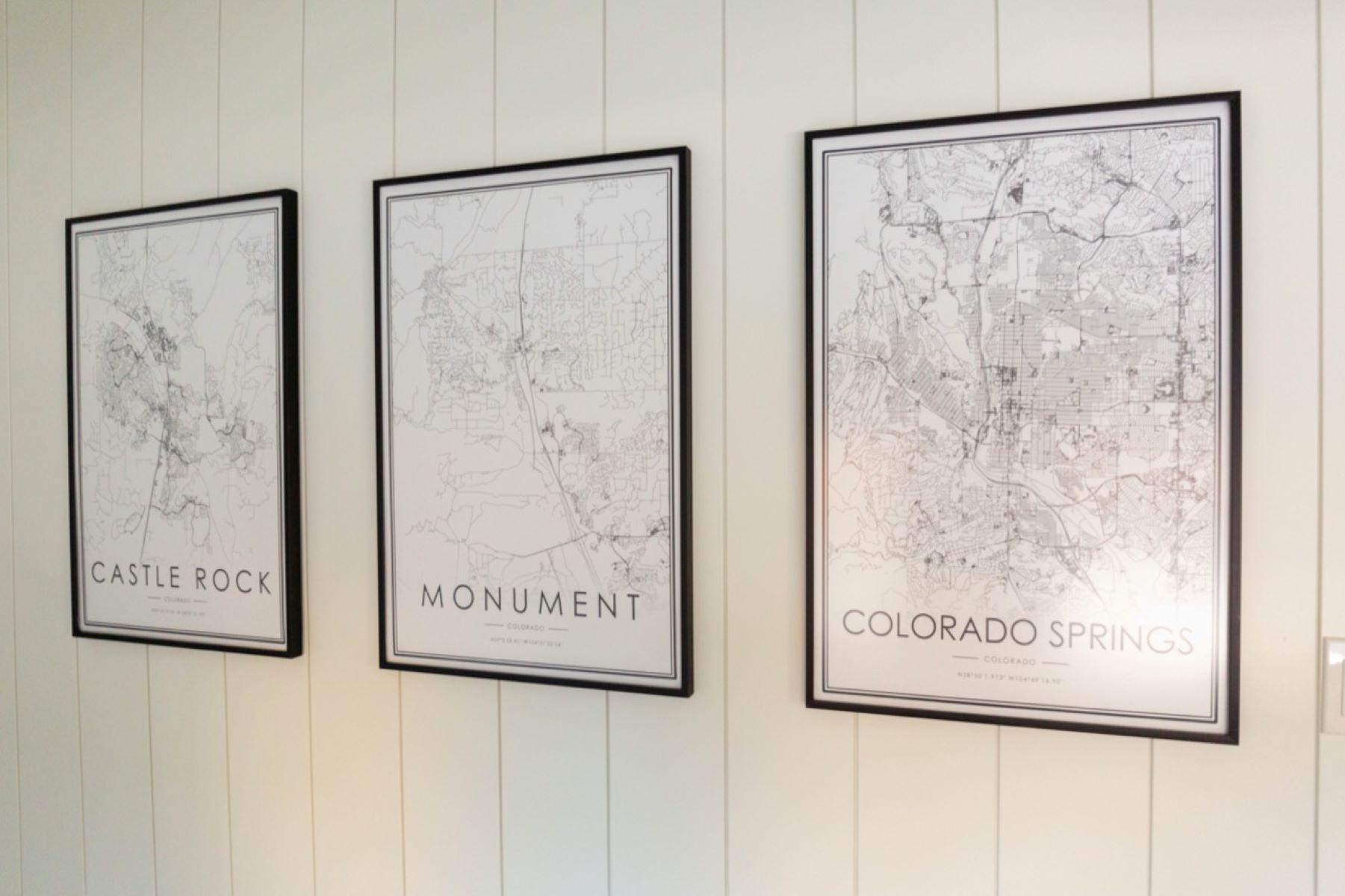




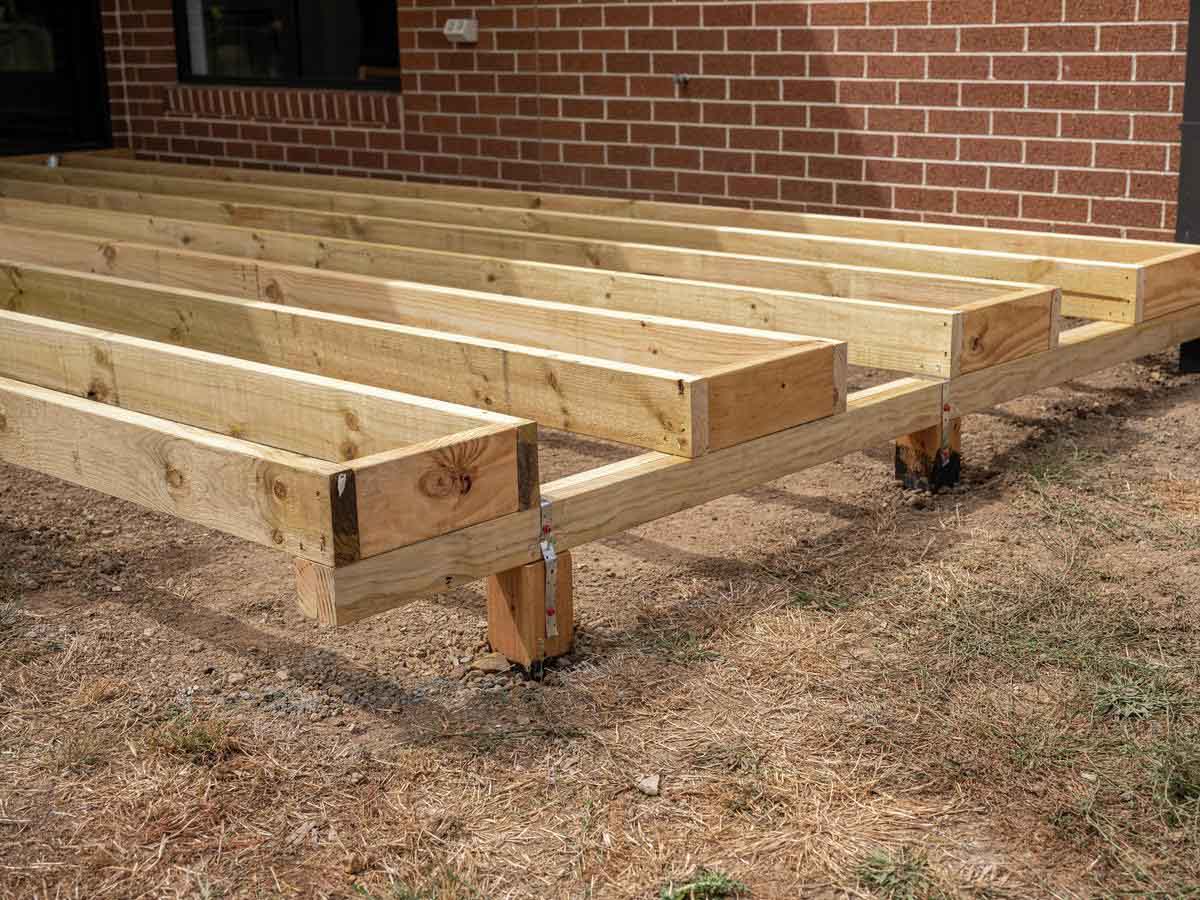
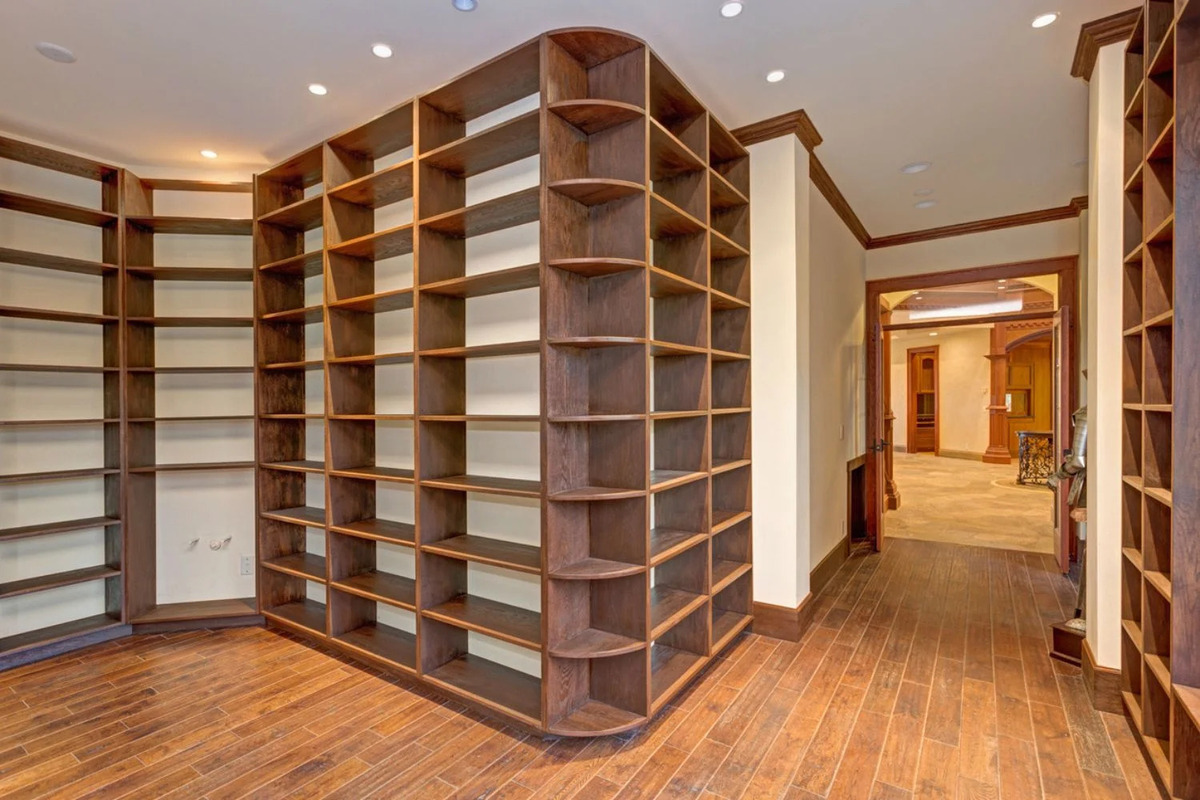



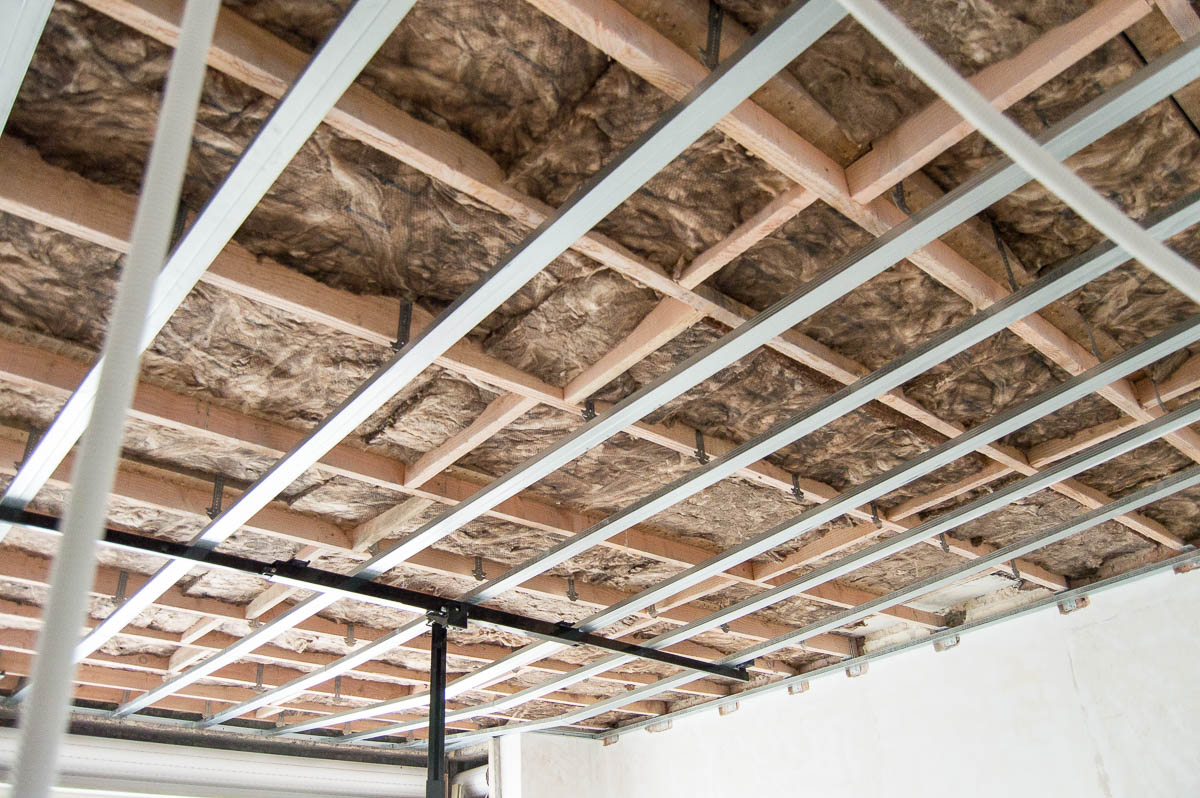


0 thoughts on “How Far Apart Should Bookshelves Be”